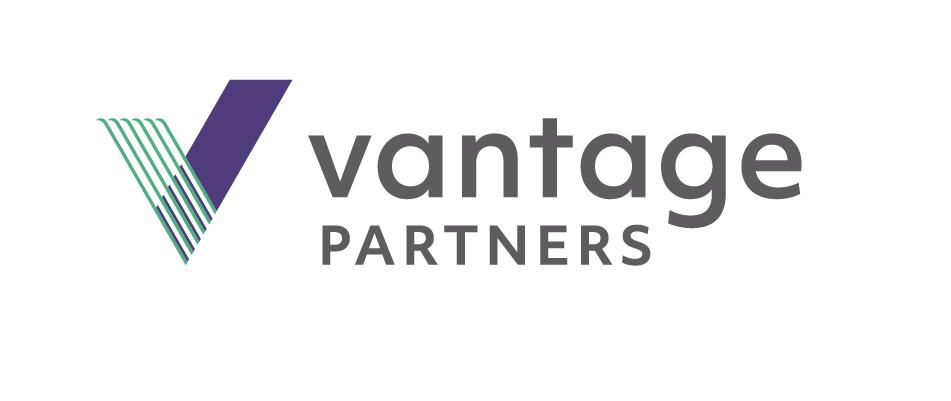
Originally published in 2019 on Mandel Communications' blog.
To TED… or not to TED? That is the question.
Are you a TED Talk fan? I am.
Personally, I enjoy their thought-provoking educational and entertainment value. Professionally, I like them because the best TED Talks have become the benchmark for what defines excellent modern presentation skills. There are an abundance of great examples.
I’m often asked by the people I coach, “Is the TED Talk format effective for business presentations?” It’s not a simple yes or no answer, because it comes down to recognizing the difference between using a TED Talk format and using TED Talk skills.
TED Talk format on the big stage? Definitely!
Is adopting the TED Talk format appropriate in the business world? The answer is definitely yes, but only if you’re invited to speak on the big stage at something like a conference, a user event, or even a large company event like a global sales or all hands meeting.
A TED Talk is not just a presentation. It’s a speech. A monologue. Think, “Presentation” with an capital “P.” Interactions between the stage and the audience are limited. They happen mostly in the minds of audience members. Visible or audible reactions to the speaker are usually limited to facial expressions, laughter, gasps, and applause.
Have you ever noticed the visuals during a TED Talk? Slides are minimal and designed for maximum impact. What about the speakers themselves? Have you ever seen a TED Talk where the content hasn’t been rigorously practiced to the point of near perfection?
The best speakers make it look so easy, but don’t be fooled.
Speeches like these are a big investment of time and energy. Take a look at the informative guide published by the TED organization on how to put together a successful talk — it’s neither quick nor easy. The deceptively simple format of a TED Talk also extends to cost.
While some speakers have the skills, resources, and time to go it alone, many don’t. A whole cottage-industry has sprung up to help people develop their TED (or TED-style) Talks that includes speech writers, slide designers, and presentation coaches.
It may be costly to do it right, but when the stakes are high and your professional brand is on the line, seeking experienced, expert help can be a smart move. In fact, the presentation coaching team here at Mandel would love to help should you have the need.
TED Talk format in a conference room? Probably not.
The TED Talk format is not a good fit in conference rooms mainly because the business topics discussed there can’t be delivered as monologues.
For example, topics like recommendations, customer briefings, quarterly business reviews, and sales proposals are all presentations with a lower case “p.” They require the presenter to use a hybrid of monologue and dialogue.
Your audience expects to interact with you, or even to interrupt you. Worse yet, they may expect to multi-task. Questions will be asked, objections will be raised, and you need to be ready to respond and interact with your audience. These are all expected and key aspects of a successful conference room presentation.
Preparing for a conference room presentation is also a different animal entirely from a TED-style talk.
Effective preparation and practice is still a mission-critical success factor, but presenters have to be self-reliant — there’s rarely budget for support resources. And competing demands on your time can make it tempting to skip practice all together. Please don’t. At the very least, practice your opening two or three times so you get off to a confident start.
Using TED Talk skills in a conference room? Yes!
So, if the TED Talk format isn’t right for your everyday business presentation needs, what lessons can you take away from successful TED Talks?
Effective presentation skills.
If you were to watch just about any of the top-rated TED Talks with a critical eye, you’d discover that they all have a lot in common from a design and delivery standpoint, even if their affect and impact is unique.
Let’s take a look at seven presentation lessons you can learn and apply to your conference room presentations.
TED Talkers do these things well.
- Get their audience’s attention right from the start and never let go.
Do that in a business meeting by linking to the things your audience cares about, and by highlighting the value they’ll receive if they stay engaged. Mandel’s SCI-PAB® framework can help you do that. - Apply a narrative approach to content organization.
Take your audience on an easy-to-follow journey. The globally proven Mandel Blueprint® can help you quickly do the same thing in a business presentation. - Share complex topics, like technical breakthroughs, simply and concisely.
Leave out unessential information, speak conversationally, and either define or avoid acronyms and technical jargon. Every second counts in a TED Talk. Why should a business meeting be any different? - Use a very small number of image-driven slides.
Challenge yourself to use minimal words on each of your slides (if any). Business presentations may require some slides to have a bit more information on them, but if you follow best practices for presenting data visualizations, you can have a similar impact. - Use stories and analogies to bring content to life for the audience.
Joe Gebbia, of Airbnb fame, does this very effectively in his TED Talk. Stories and analogies work equally well in the conference room, especially when attempting to influence change and persuade your audience to take action. - Are not afraid to be themselves.
TED Talkers speak with authentic conviction, sometimes to the extreme. Having an open posture, fluid gestures, and an animated voice helps to quickly build audience connection and trust. Because of the highly interactive nature of a conference room presentation, that same connection can be everything. - Pause to punctuate and accentuate.
Successful TED Talkers like Amanda Palmer demonstrate how to use pausing and sustained eye contact to create audience connection. You don’t have to be as dramatic as Amanda, but by applying these same skills in the conference room, you’ll find that they also help you maintain composure under pressure, creating space for you to think and breathe in the moment.
This last skill circles back to something I often hear from my clients who want to speak like a TED Talker, “How can I get rid of my notes?”
It’s true that TED Talkers don’t use notes. But remember that you’re likely preparing for a business presentation with a lower-case “p.” Given the frequency of presentations and the scarcity of time to prepare, notes can be your best friend — IF used skillfully. Put them in a high-level outline and take an unrushed pause whenever you need to refer to them.
Focus On the Skills Instead of the Format
The next time you’re watching a TED Talk that really catches and holds your attention, watch it a second time.
Observe how the content is structured. Look at the design of the slides. Pay attention to the mechanics of the speaker’s delivery skills. Then think about how you can apply what you’ve seen and heard to your own everyday business presentations.
Citations (in order of appearance)
TED.com. (N.D.). Illustrated TEDx Speaker Guide. Retrieved from http://storage.ted.com/tedx/manuals/IllustratedTEDxSpeakerGuide.pdf
TED.com. (N.D.). The 25 most popular talks of all time. Ted.com. Retrieved fromhttps://www.ted.com/playlists/171/the_most_popular_talks_of_all
TED.com. (N.D.). Jaw-dropping science breakthroughs. Ted.com. Retrieved fromhttps://www.ted.com/playlists/484/jaw_dropping_science_breakthro
Gebbia, Joe. (2016 February). How Airbnb designs for trust . Retrieved fromhttps://www.ted.com/talks/joe_gebbia_how_airbnb_designs_for_trust?utm_campaign=tedspread&utm_medium=referral&utm_source=tedcomshare
Lillie, Ben. (2011 August). Playlist: High Energy! Four speakers who bounce around the stage. TED Blog. Retrieved fromhttps://blog.ted.com/playlist-high-energy/
Palmer, Amanda. (2013 February). The art of asking . Retrieved fromhttps://www.ted.com/talks/amanda_palmer_the_art_of_asking
Authors:

.png?width=512&height=130&name=vantage-logo(2).png)
